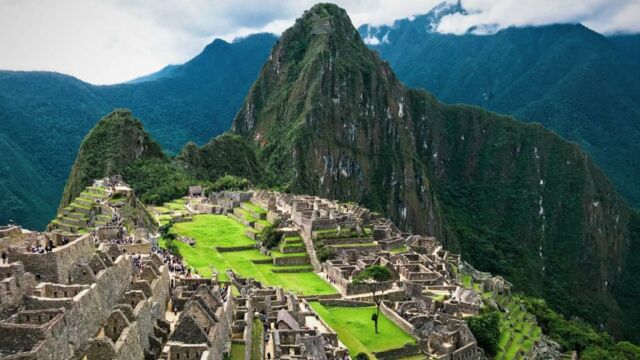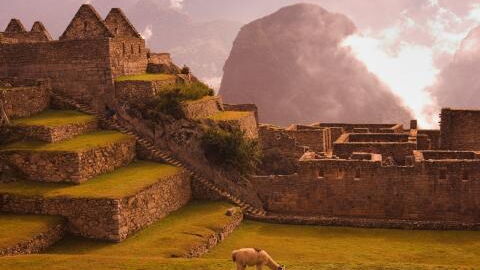In Peru, archaeological discoveries come one after the other. Recently, researchers there discovered a rather surprising mummy. And it wasn't so much the artifacts found around the body or the site itself that caught their attention, but a strange detail found among the remains. One thing is certain: when it comes to conservation, pre-Incan civilizations still have a lot to teach us.
Discover our latest podcast
A mummy with long hair!
It's certainly the kind of discovery archaeologists aren't used to seeing! As reported by the daily La República, after conducting research at the Huaca Pucllana site in Lima's Miraflores district, researchers unearthed a mummy. So far, so good, especially as it was in a good state of preservation; the jaw, for example, was intact. It was probably an adult woman who, incredible as it may seem, still had her long brown hair. Archaeologists estimate that it is almost 1,000 years old. Mirella Ganoza, archaeologist and leader of the expedition in question, said :
I find it quite amazing that in the heart of Miraflores, right in the middle of modern buildings, such an important site is still preserved.
The Huaca Pucllana site is an important Peruvian ceremonial center where the pre-Inca Ychsma civilization held numerous funeral rites. This mummy was found in a subterranean chamber in a seated position, feet crossed, with a piece of cloth in her left hand. Ceramic objects were also unearthed, making up her burial trousseau.
Archaeologists digging in Peru’s capital, Lima, made a surprising discovery below the bustling city: a 1,000-year-old mummy with a head of well-preserved brown hair.
— The Washington Post (@washingtonpost) September 7, 2023
The remains, which were found inside a ceremonial grave at the monument Huaca Pucllana, an age-old pyramid, were… pic.twitter.com/6sLc0gbLr1
Read more:Archeologists unearth 2000-year-old child-sized shoe in Austria in excellent condition (PHOTO)
Peru, land of mysteries
The sacred site of Huaca Pucllana is a clay pyramid over 20 metres high. It is thought to have been built between 200 and 700 AD. For Mariella Ganoza and her team, the mummy found was buried according to pure Yschma tradition.
The Ychsma are known for making offerings from human hair, which they wrapped in the leaves of the Canna plant. These were found in several places on the site.
The Ychsma are associated with the construction of at least 16 pyramids of this type in what is now Peru's Central Coast. A region they largely dominated until the 13th century, with the advent of the Incas.
When you think of archaeological sites in Peru, Machu Picchu is undoubtedly the place to go. That's why archaeologists are delighted with this new discovery. In fact, it gives an insight into the habits and customs, as well as the living conditions, of previous civilizations. For Ganoza, Huaca Pucllana is a sort of Pandora's box. Archaeologists estimate that there are over 400 sites of this type in Lima, not all of which have yet been found.
Read more:Archaeologists make terrifying discovery of a 17th-century 'vampire child' in Poland
This article has been translated from Gentside FR.
Sources used:
La Republica: Hallazgo Ychsma en la huaca Pucllana















